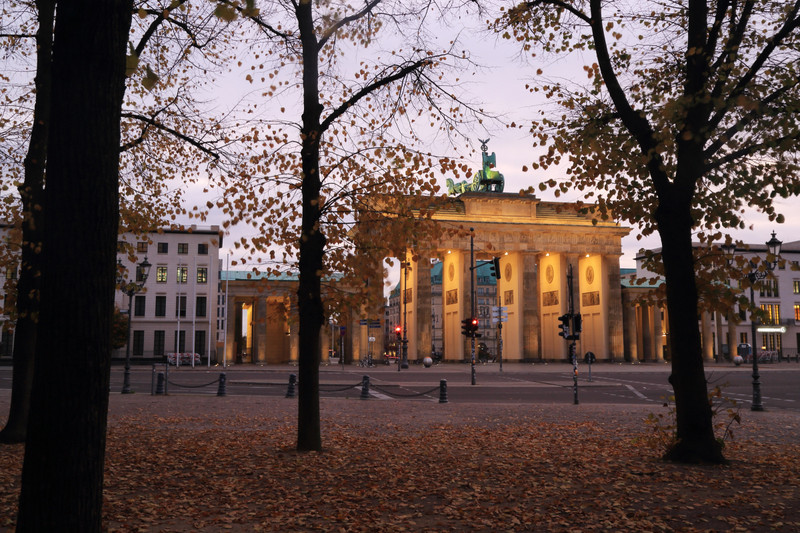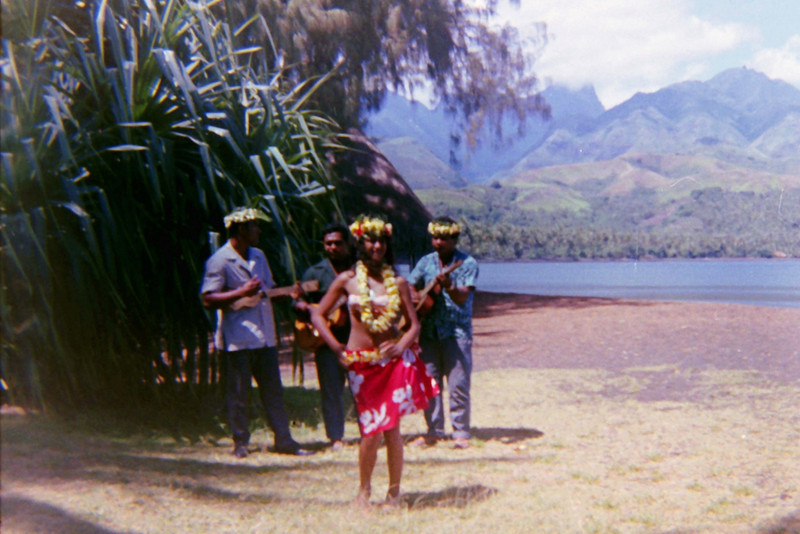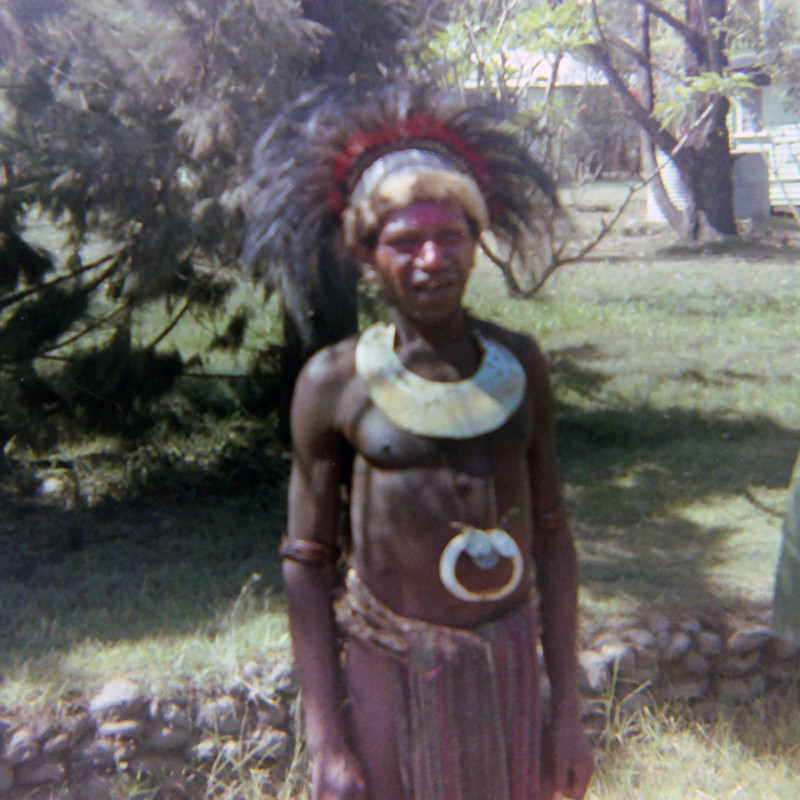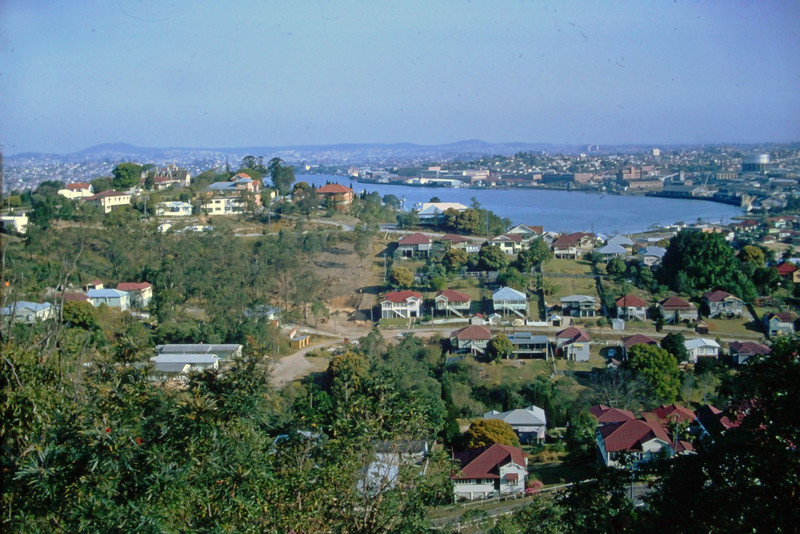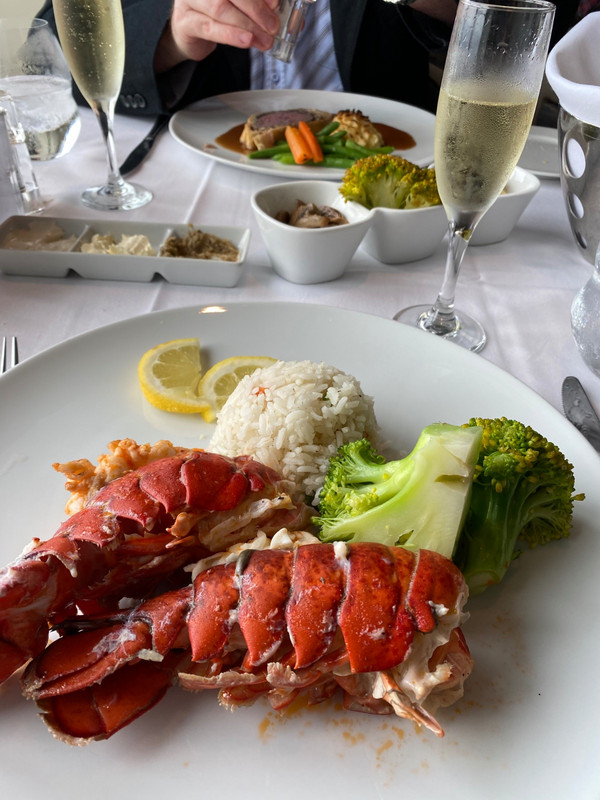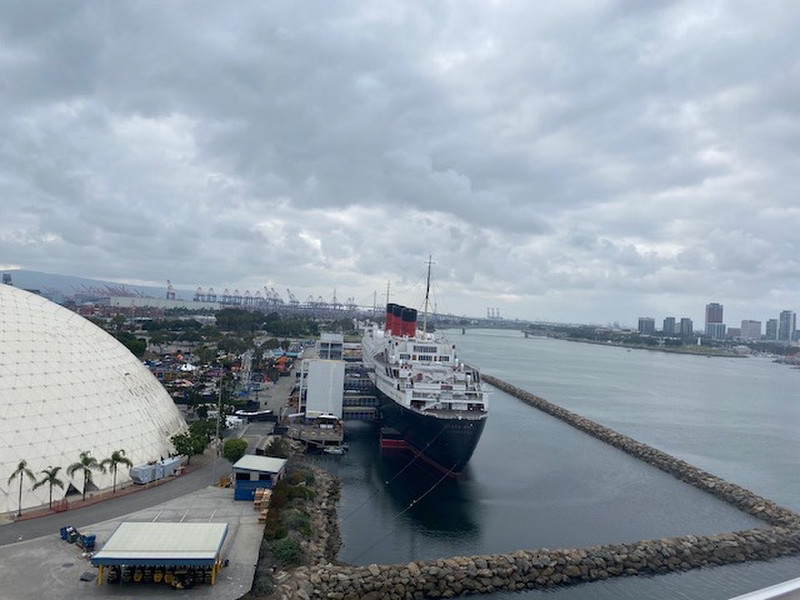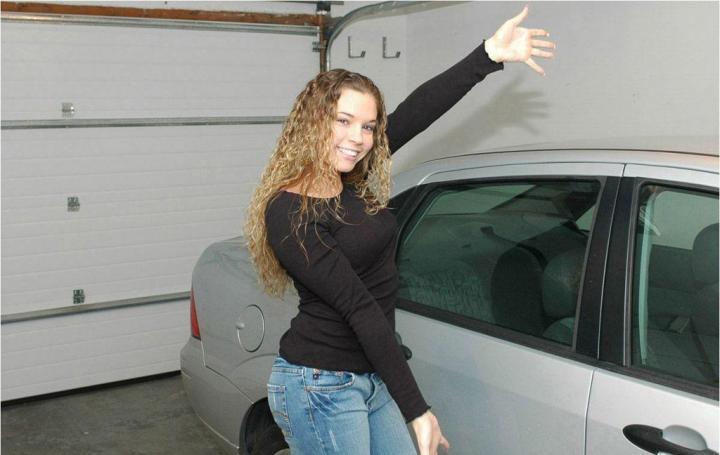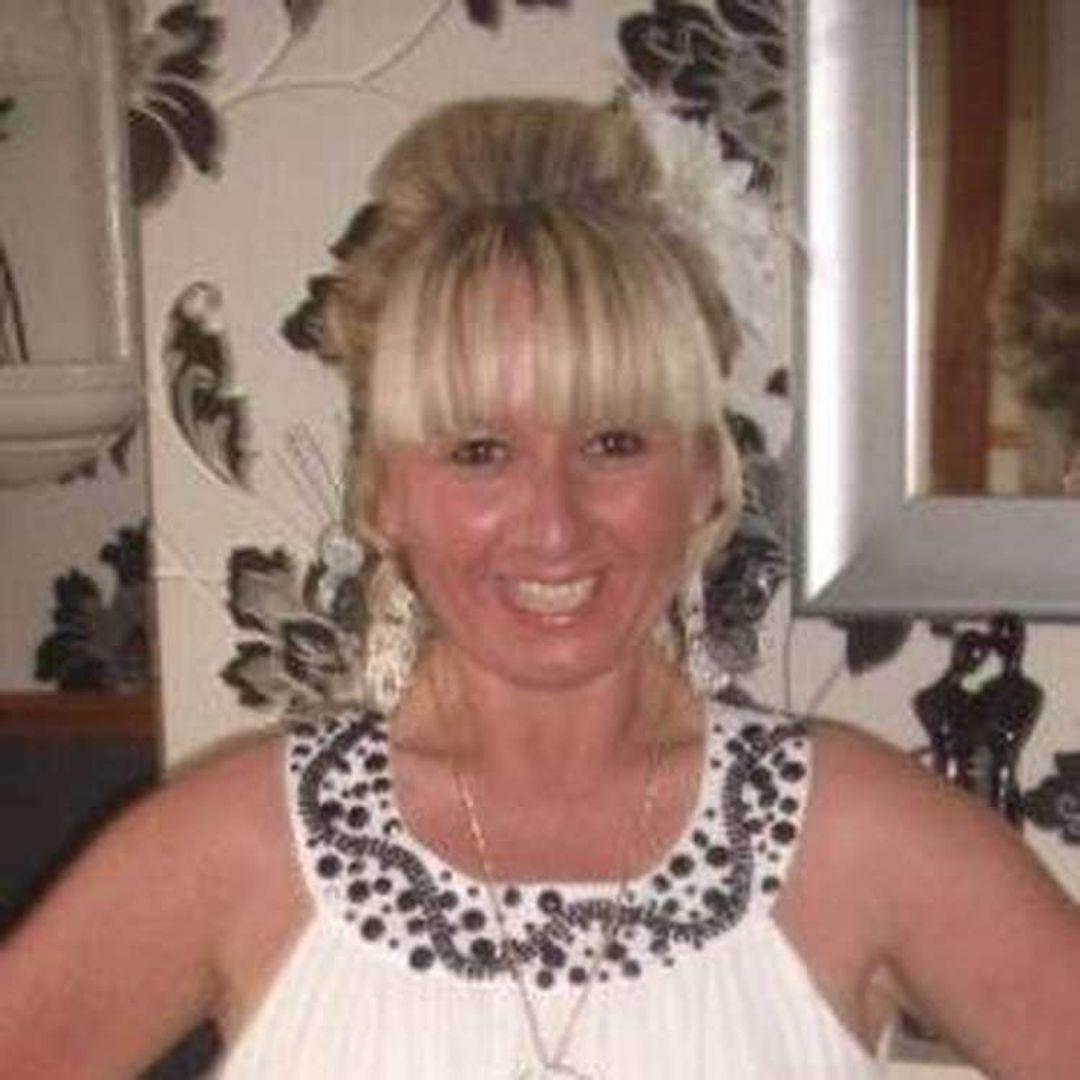As is usual for me, I set off early some and dawn photographs. I walked to the Brandenburg Gate, which is fantastic to see, although the sky was not what I had hoped for. I got some photos nonetheless.
One advantage of going out to anywhere at that time in the morning is that there are so few people around and I can get some uninterrupted views. There were just a few cyclists (if fact there are one hell of a lot of cyclists in Berlin) and they were moving fast enough to not show up in my photographs, except for some which sometimes can actual add to the photographs.
I walked up to the vast and imposing German federal parliament building. There were barriers and police outside it, but everyone else was just walking through, so I did as well. It looked just a spectacular inside, with a huge eagle (the German coat of arms) hanging below the modern glass dome.
After breakfast, we thought we had all the bureaucracy for the return to the UK. First we had to book some COVID tests (we didnt need to do that for the
You are now entering the American sector - I would have thought carrying guns would in the American sector!
flights to Germany) and the so called passenger locator forms. This got me in a very, very bad mood. Overly verbose, and counter intuitive - just throw in some pompous and it could have been created by Boris Johnson himself.
Our hotel was quite close to Checkpoint Charlie we headed there. Apparently Charlie is the third letter of the NATO alphabet covering the various checkpoints between West and East Germany:
Alpha - Helmetedt on the border between Federal Republic and the Democratic Republic;Bravo - Drelinden to cross from the Democratic Republic into West Berlin;Charlie - Friedrichstrae to cross from West Berlin into East Berlin.
You could tell which side was the American side, not just because of the you are now leaving the American sector sign, but because of the KFC, McDonalds and Planet Hollywood.
We went into the Checkpoint Charlie museum, which had lots of exhibits about all the successful and unsuccessful attempts cross the border and
all the different techniques such as concealed spaces in cars, surfboards, cars low enough to drive under the barriers, wearing uniforms to pretend to be in the western armies and simply making a run for it.
A point to any of those in the UK - the wall, checkpoints and guard towers were to stop East Germans who wanted to leave the so called Democratic Republic, not to stop the West Germans from trying to get in!
Just a long from the checkpoint was a remaining section of the wall itself, about 100m long. The surface had been stripped off by people who are referred to as Woodpeckers, presumably to keep as souvenirs or to sell (all the giftshops are fully of pieces of the wall).
In a corridor underneath this wall was a 1933 to 1945 exhibition, effectively covering the period from when the Nazis came to power until they were defeated in World War Two.
Carrying on beyond the wall is a brick line cast into the roads and footpaths tracing the line that the wall used to follow. In fact we could see this line outside the front of our
hotel. Standing on each side of such an irrelevant line now, it is hard to imagine how that divide was just over 30 years ago.
Also nearby was Trabbiworld with a bit of nostalgia for the Trabant car, which was an East German icon. We considered going on a Trabant safari, but we had booked some tickets for the more conventional bus tour. We waited a while near Checkpoint Charlie where we had seen a bus earlier (luckily as there are no indications where the bus stops are).
The bus covers a route of about two and a half hours through most of the main areas of central Berlin, east and west. At the extreme east of the route is the longest remaining section of the wall (about 1km) which has been called the East Side Gallery.
